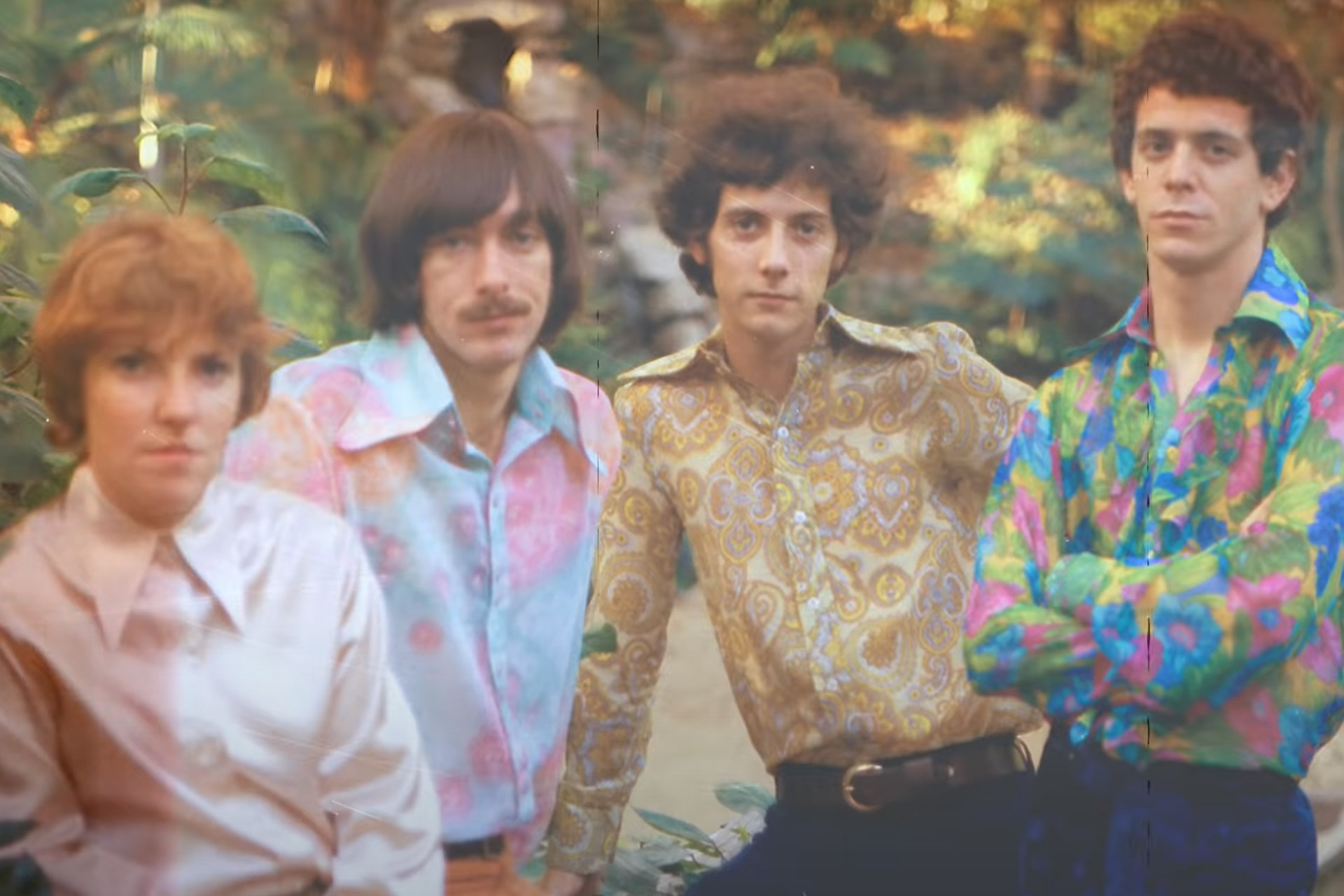
"With all the innovations and extraordinary examples of new ideas that were circulating in rock and roll, R&B and jazz in the '60s, to be able to talk about a kind of instability of how you feel in relation to the world and a desire at times to eliminate yourself, to evacuate, destroy and annul yourself, this wasn't being talked about, let alone sadomasochistic, homoerotic scenarios that were pervasive in the music and in the scene."Īfter making inventive biopics about Karen Carpenter, the glam rock scene and Bob Dylan, The Velvet Underground is Hayne's first music documentary – but it's no more conventional than his other work. That's spot-on says filmmaker Todd Haynes, who credits the Velvet Underground for paving the way for glam rock and punk as well as queer and independent filmmaking. Reed fired Warhol and then Cale, then steered the songs toward a decidedly more radio friendly sound, reflected in songs like the aptly titled "Rock & Roll." The Velvet Underground disbanded completely within a few years.ĭespite its brief run, Brian Eno famously quipped that everyone who heard the Velvet Underground's first album started a band. Sales in the first two years topped off somewhere in the tens of thousands, considered a commercial failure at that time. The content hindered the record's promotion – radio stations refused to play the songs and legal challenges to a photograph on the back forced the record company to recall the album just as it was gaining steam.
MOVIE THE VELVET UNDERGROUND 2021 SKIN
When the debut was finally released, in 1967, it featured a provocative album cover designed by Warhol: a banana skin sticker that could be peeled back to reveal pink fruit beneath. Several labels declined to sign the band before MGM eventually said yes to releasing The Velvet Underground & Nico through its Verve subsidiary, but even so dragged its feet on putting the album out for nearly a year. "Part of the distance you feel when you look at those films," recalls Taubin, "is the fact that the people are vivid! I mean they're looking right into the camera but they're somehow in a different time zone."īut Warhol's ambitions proved too edgy for the mainstream. Like Reed's "Ostrich" tuning and Cale's sonic drones, Warhol's Screen Tests were experiments with time, challenging the conventions of their respective mediums. When Warhol screened the results, he would slow the film down to run at silent speed, 16 frames per second, a third slower than life. Inside the camera was a single spool of black and white film, which took about three minutes to run to its final length. "Warhol looked at your face, and then he adjusted one light, and the angle of the camera, and he said 'try not to move, try not to blink,' and then he went away."
MOVIE THE VELVET UNDERGROUND 2021 MOVIE
Shortly after opening his first Factory in 1963, Warhol purchased a 16mm Bolex movie camera, which he used to perform hundreds of "Screen Tests." These weren't typical Hollywood auditions, but more experiments in duration, explains film critic Amy Taubin.īack then Taubin was an actress, and one of Warhol's sitters. While the band was taking shape, nearby Andy Warhol was expanding his multimedia work and moving specifically into film, pushing the boundaries of form and content. They called themselves the Velvet Underground, their name inspired by a 1963 paperback depicting sexual subcultures. Then, Reed showed him some of the other material he was working on, gritty, confrontational songs that took drug use, sadomasochism, and existential despair as their subject matter.Ĭale says he admired Reed's abilities but thought his potential was being wasted, so they started collaborating and were soon joined by Reed's college classmate Sterling Morrison on rhythm guitar and Maureen "Moe" Tucker on drums. Pickwick thought Reed's novelty dance song "The Ostrich" had commercial potential, so together they enlisted members of Young's circle to back him at live promotional gigs, where Cale noticed that Reed was tuning all six of his guitar strings to the same note, an experiment in tonality that resembled the way he was layering and extending notes to create sonic drones. At the same time, Welshman John Cale was playing viola in minimalist composer La Monte Young's musical ensemble.

In 1964, Lou Reed was turning out trendy pop singles for the budget label Pickwick records.

Paul Morrissey, Andy Warhol, Lou Reed and Moe Tucker from archival photography in a split-screen frame from "The Velvet Underground."


 0 kommentar(er)
0 kommentar(er)
